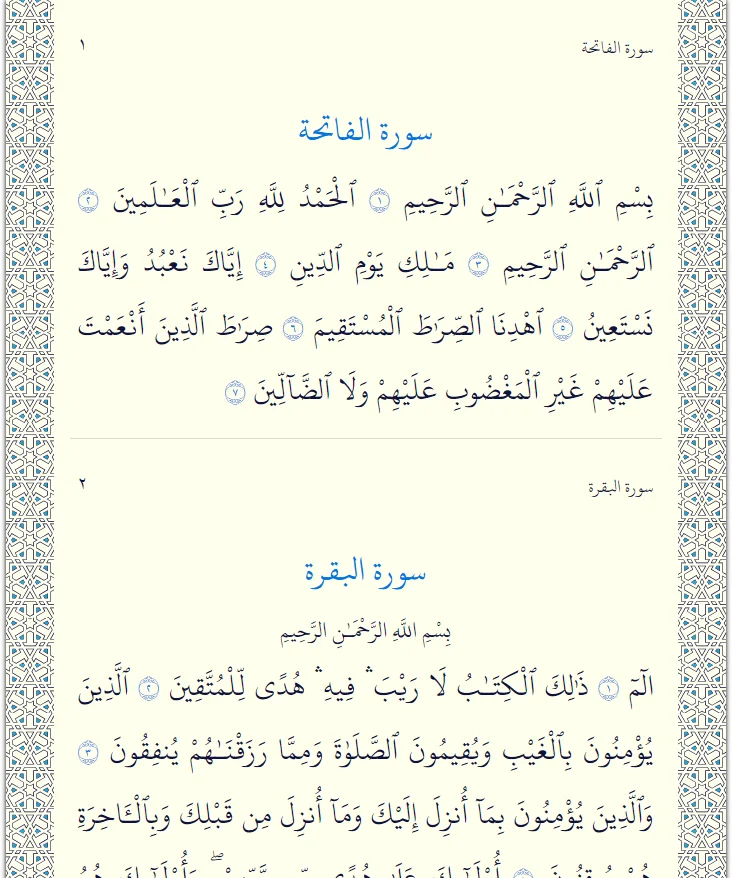Preserving the Quran: A Journey Through History
The Quran, the holy book of Islam, was revealed over a period of 23 years, from 610 AD to 632 AD. Since its initial revelation, the Quran has been preserved in a systematic and decentralized manner. Prophet Muhammad’s companions memorized and recited the Quran in his presence. Furthermore, verses (ayah) were transcribed onto various materials and cross-verified by the Prophet’s followers. This ensured the authenticity of the Quran was maintained in a decentralized fashion until it was compiled into a book (mushaf) under the order of the third caliph, Uthman ibn Affan.
After its compilation, written copies of the Quran were disseminated wherever Islam spread, from Uzbekistan to Morocco. Today, some of the oldest copies of the Quran are preserved in museums or collections worldwide.
The digital availability of the Quran began in the 1990s, and by the early 2000s, it could be accessed on the web. However, ensuring accuracy was challenging due to a lack of verification processes, encoding constraints, and typography not optimized for Arabic. Fortunately, collective efforts in verifying authenticity, establishing encoding standards, and refining Arabic typography have made it possible to access an authentic digital Quran.
From Digital Accessibility to Immutable Authenticity
The natural progression in digitally preserving the Quran is through the use of blockchain technology. The first choice for such an endeavor is Bitcoin, the world's first and most resilient blockchain. The immutable and unstoppable nature of Bitcoin makes it ideal for preserving digital artifacts and collectibles.
The Quran on Bitcoin project represents the next step in efforts to provide a digital Quran that cannot be altered or tampered with. To our knowledge, the Quran on Bitcoin project is the first to inscribe the entire Quran onto the Bitcoin blockchain.
Accuracy & Source
The Quranic text for this project has been sourced from Tanzil.net, renowned for its commitment to accuracy and its widespread adoption. Source: Tanzil.net
Digital Presentation
To ensure that the Quran is displayed correctly, a specific font, designed by the King Fahd Glorious Qur'an Printing Complex for computer-based viewing of the Quran, has also been inscribed onto Bitcoin. This font is pivotal for the correct visualization of the text. Source: King Fahd Glorious Qur'an Printing Complex
Result
This endeavor has culminated in a complete, Unicode-compliant digital Quran text, accessible to anyone on the most enduring network of our era.
Contact
Your message has been sent!
You can DM us on X (Twitter) too.
